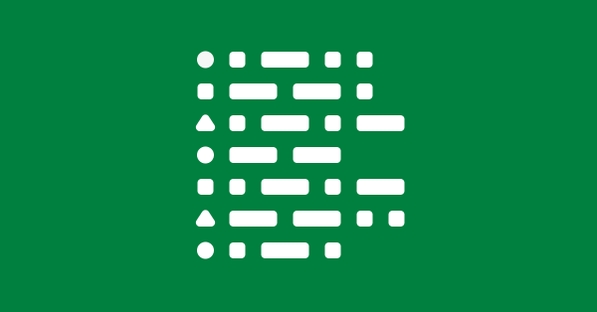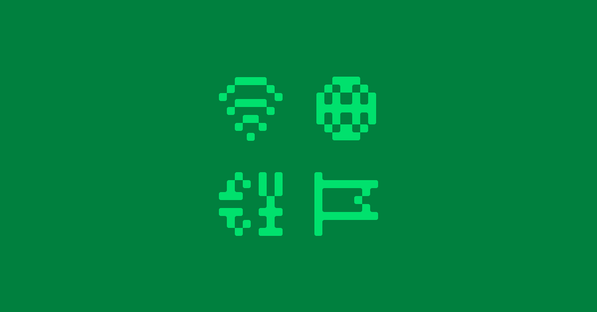Samyakk, an Indian fashion store offering ethnic garments, went digital years ago. As selling through offline was yielding great revenue, there was no strong drive to invest serious resources in digital to change the status quo. However, that changed once Samyakk saw the real and tangible benefits that a mobile PWA could bring to their already successful business. Codilar, a Magento development company was hired to audit the state on Samyakk's online store and make some improvements. See, how implementing PWA influenced organic traffic improvement.
Samyakk, located in India’s Silicon Valley, was launched in 2006. Its primary focus from day one was to develop brick-and-mortar stores to sell traditional women's clothing such as sarees, lahenga, and gowns. The idea quickly hit the niche and Samyakk’s owners were soon pushed to expand. Today the brand is the most popular place to go for high-quality, timeless Indian clothing.
In 2012, Samyakk’s owners decided to establish an online store. Without heavy investment in technology or marketing, the online channel was initially only a not-so-shiny addition to the main peer-to-peer channel.
However, there was a strong impulse to improve and make the site more visible as the Indian eCommerce market grew into one of the most vivid in the world. Even though high street sales were satisfying, neglecting the potential of online shopping started to seem like a waste, though making a heavy investment without guaranteed ROI was not an option.
The challenge
Codilar specialists were tasked with increasing sales by optimizing performance and implementing a better design. PWA turned out to be the best possible solution, as the main problem was the really slow performance of the Samyakk site, which affected the UX and discoverability as well. The site was built on Magento 2, and—though it is one of the most robust and powerful eCommerce platforms in the world—it was not able to deliver maximum performance. The store was too slow to meet user expectations and grab their attention, especially as most potential shoppers visit the store via smartphones (87.98%). It was probably also a deal-breaker for Google Search, whose push on delivering mobile-friendly results is very clear.
“The main thing was speed, and adding a mobile-first approach, since that is where the majority of the user base lies.”
According to eMarketer's estimations, mobile internet time per user in India will pass the 3-hour mark by 2022.
The solutions
When PWA was settled as the most reasonable solution due to cost and time of development, the decision of choosing the right frameworks was left out. That was, however, quite simple, as the Alokai happened to have no serious competition. It was the most mature solution available at the time as PWA Studio was in its very early stage of development. Given that, VSF was simply the safer option, though, its open-source code was also a favorable factor.
“Alokai gave a ready-made PWA solution, with most of Magento’s features out of the box. So we did not have to worry about stuff like, offline browsing, add to home screen, SPA architecture, and other PWA specific features. And instead we could focus more on building the features and the UI required.”
The results
Implementing PWA was the only significant change made to Samyakk’s site, though SEO activities were ongoing at the same time. Taking into account the numerous factors influencing SEO and SERP position, it is very risky to solely credit PWA for a huge increase in traffic, it was still one of the primary results of the changes.
- Growth in monthly traffic coming from organic search: 110.28%
The others are:
- Performance improvement 300%
- Site speed impact - improvement in average page load times: 18.37%
- Conversion rate impact - growth in conversion rates: 34.95%
Engagement impact: - Increase in pages per session: 84.59%
- Increase in average time on site: 12.02%
- Growth in daily active users: 22.23%
- The decrease in bounce rates: 54.41%


















